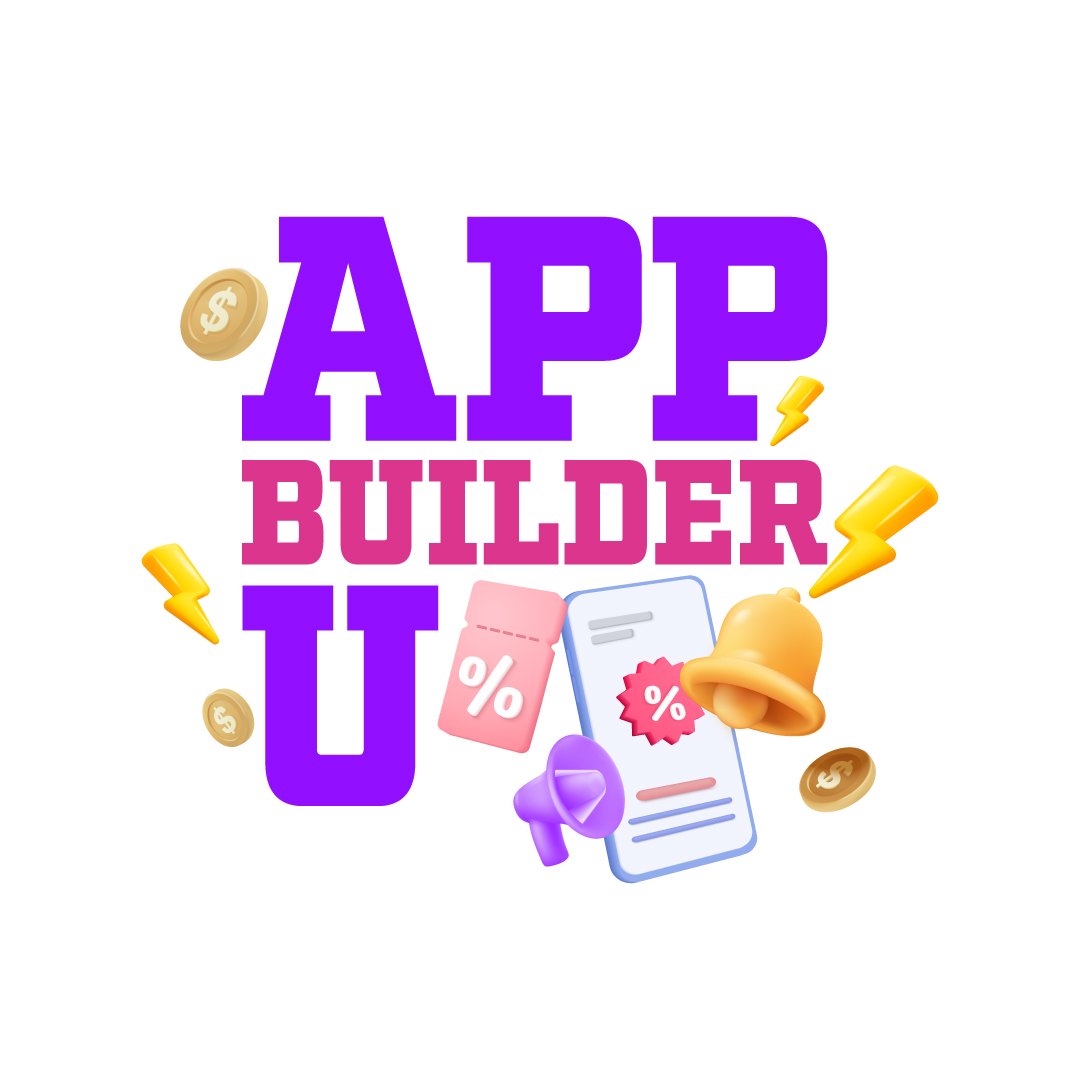Push Notifications - stay connected
Push Notifications are reserved for sending important info and deals that are relevant to students.
For example, you may send a push notification letting students know about your drive-thru food distribution. Or, to instantly join your zoom meeting.
We’ll help you by sprinkling in push notifications for deals through the app to keep students engaged and so they don’t turn off the push notifications. They will want to make sure their notifications are on to stay in the loop on the latest and greatest deals available to them.
The difference between push notifications and text messages
Although there are lots of similarities, push notifications are not the same as text messages.
Both of these messages go directly to the user’s phone and look similar on their lock screen, but they’re still very different.
For a push notification to show up on a lock screen properly, you need to have a restricted character limit.
Text messages can be longer because the user can open it up to read the entire message. But if your push notification gets cut off on the lock screen, it’s going to hurt your conversions.
That’s why push notifications with fewer words have higher click-through rates.
So it’s important that you learn how to get your message across with a limited amount of words.
When you swipe to open a push notification, it will have the same effect as a text message. A text message will bring you to your messaging app, while a push notification will bring the user to whatever app sent the message.
Push notifications are completely free for users to receive. That’s not always the case with text messages.
If your company sends SMS messages as a promotional method, you may want to rethink this strategy. Depending on the user’s phone plan, they may have to pay to receive SMS messages.
Furthermore, lots of people associate SMS promotional content as spam. Even though you may have access to a customer’s phone number, sending unsolicited SMS messages is illegal.
People get these messages all the time from random numbers. You don’t want your company to be associated with spam.
Push notifications are much better because the user knows exactly who it’s coming from. It’s clear that the message is from the app that they’ve installed on their device.
Users can opt-in and opt-out of push notifications
If people don’t want to hear from you, they’ll turn off push notifications. This contact method puts the user in complete control, which is different from text messages.
Although the right push notifications can have high open rates, sending too many notifications will backfire.
More than half of app users say that they find push notifications to be an annoying distraction.
But not everyone feels this way. 26% of users like push notifications because they enjoy getting updates about their interests. An additional 20% of users say that push notifications help enhance their productivity.
So the key for you is to make sure you’re providing value for the users who want notifications without annoying the users who find them distracting.
But for the most part, the majority of app users opt-in to push notifications.

